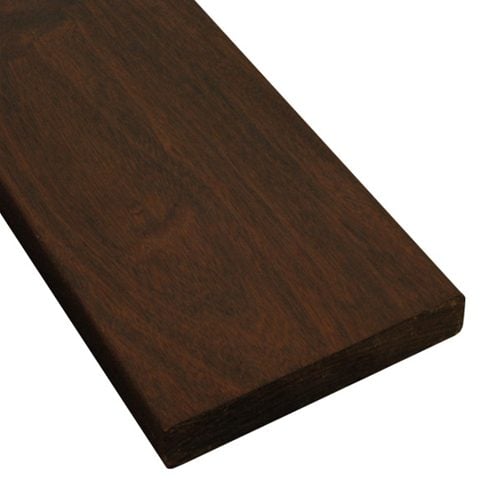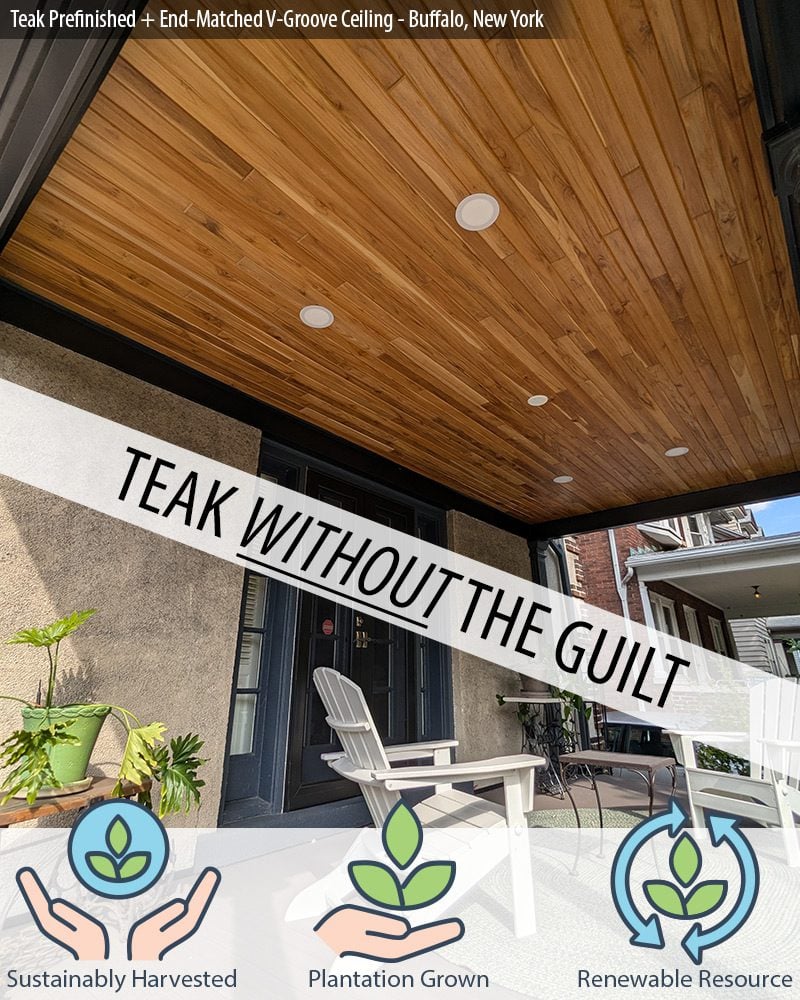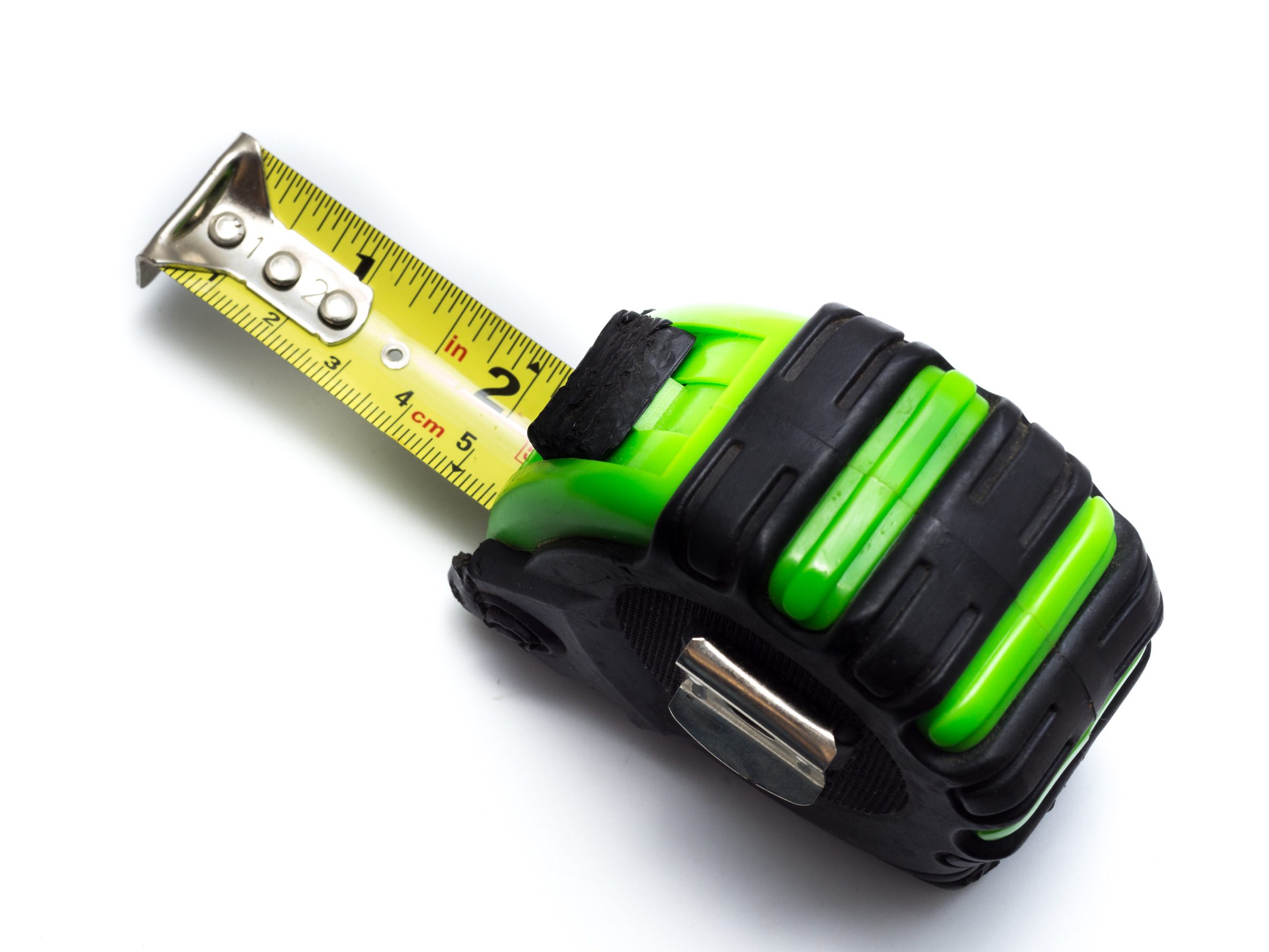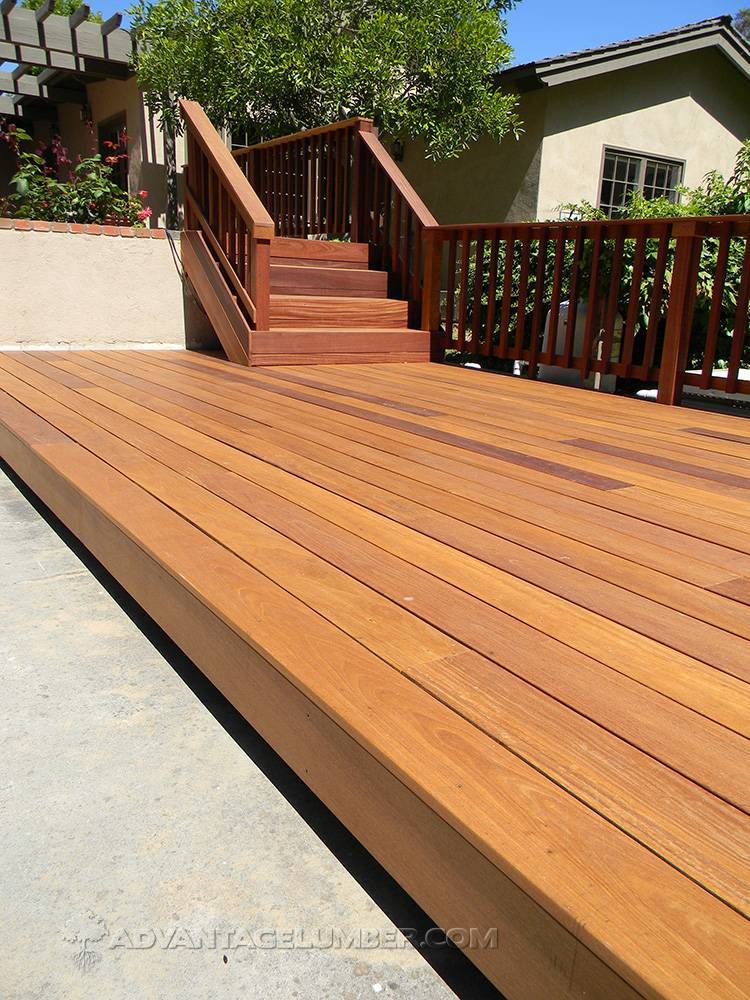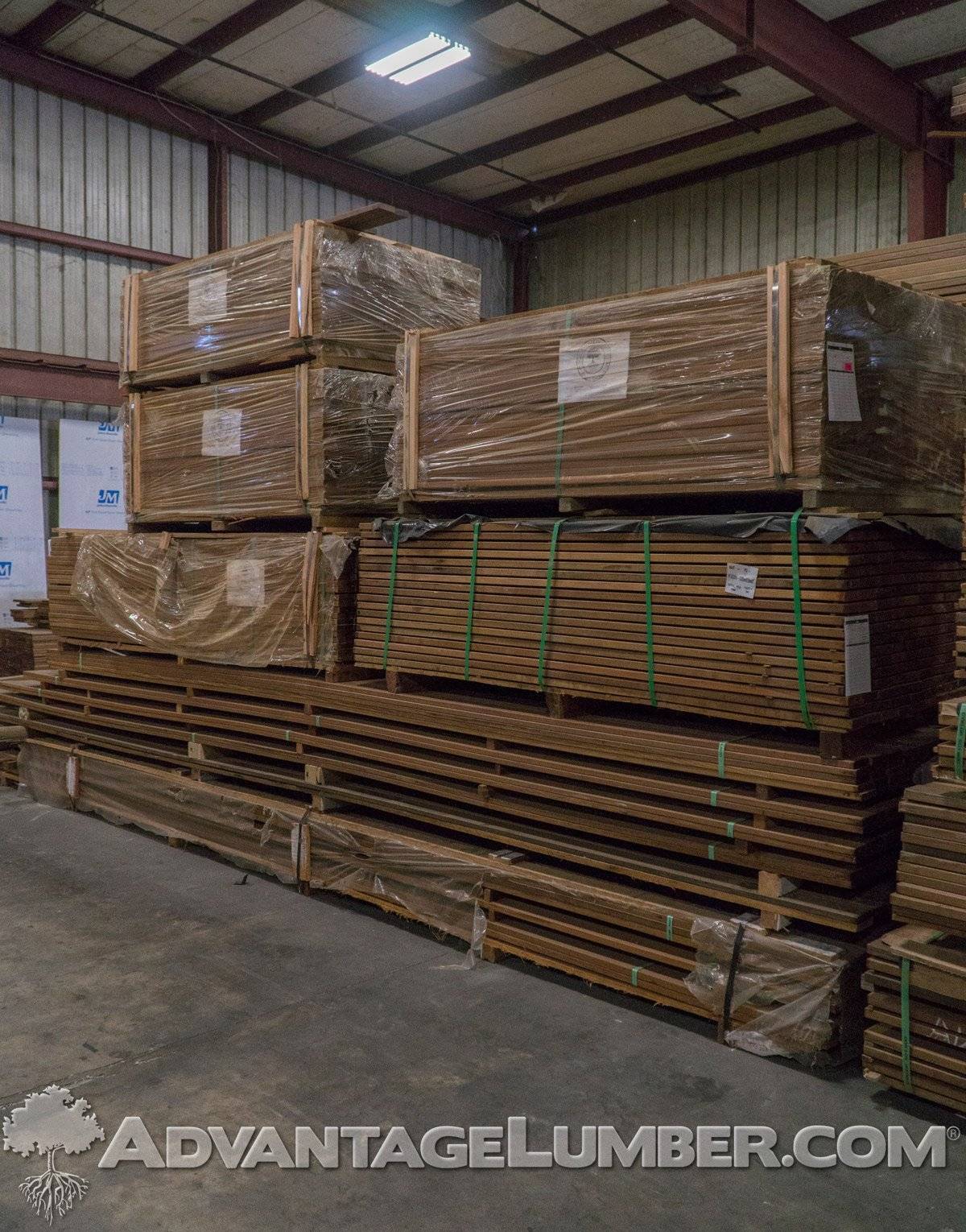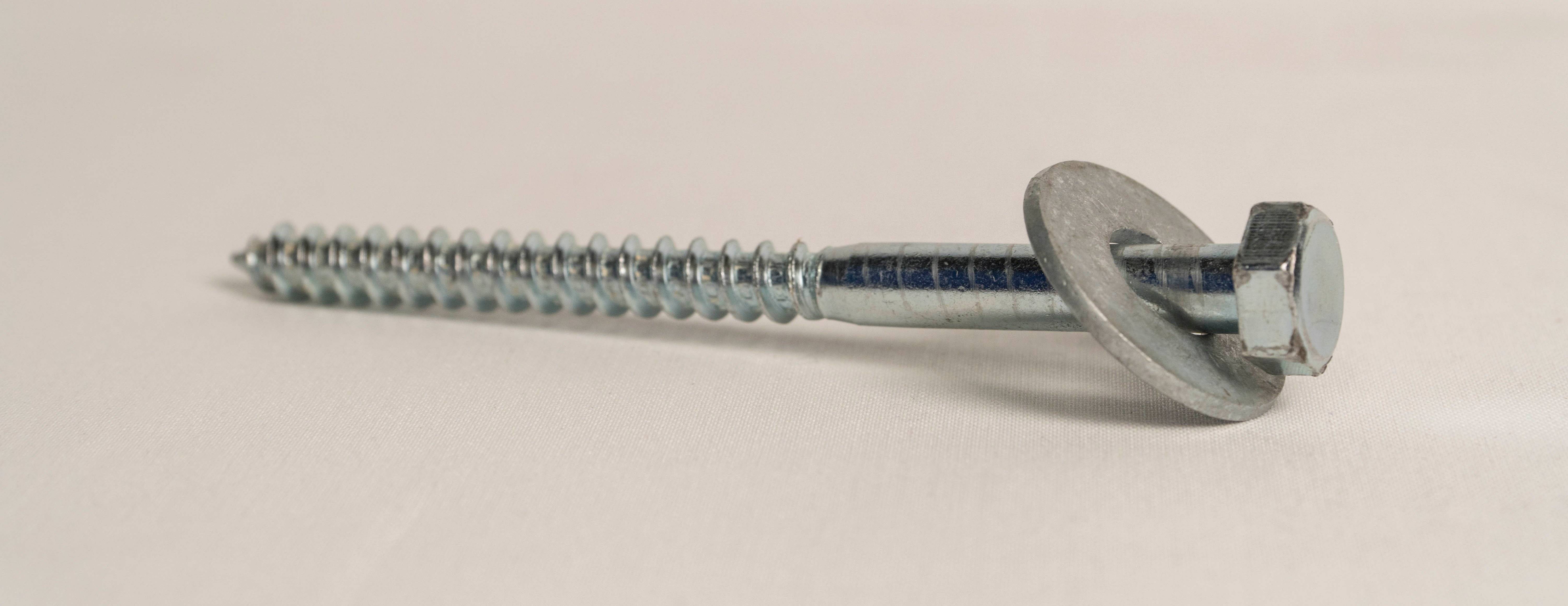Summertime is here! While you break out the board shorts, we’ll break out the short boards! We do everything we can to eliminate waste, so we keep cutoffs to sell at bargain prices. Many lumber companies sell shorts at a discounted price, but few will call 7 FEET a short board. We do!
How Wide Is a 5/4 Deck Board?
One of the most common questions homeowners and DIYers ask when planning a deck project is, “How wide is a 5/4 deck board?” The answer might surprise you: 5/4 refers to the thickness of the board, not its width. Let’s break this down and clear up any confusion about 5/4 decking measurements. What Does 5/4 …
